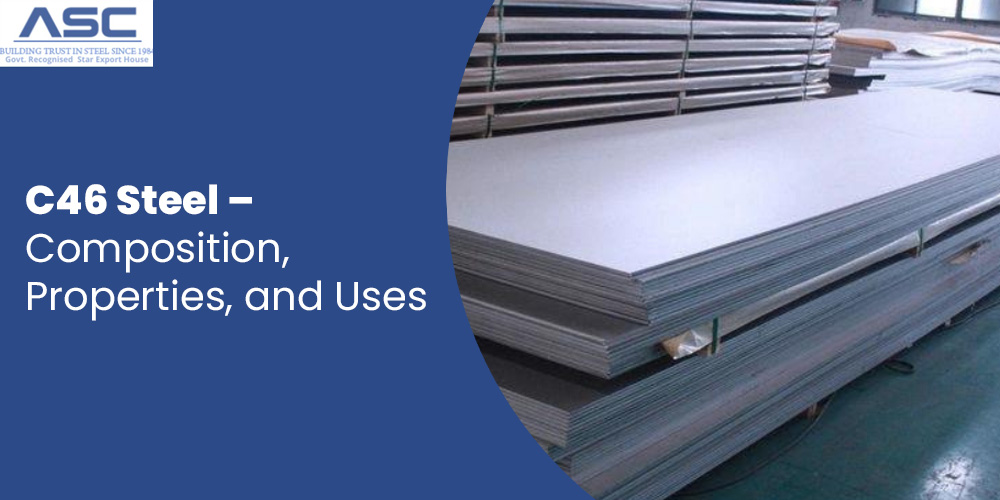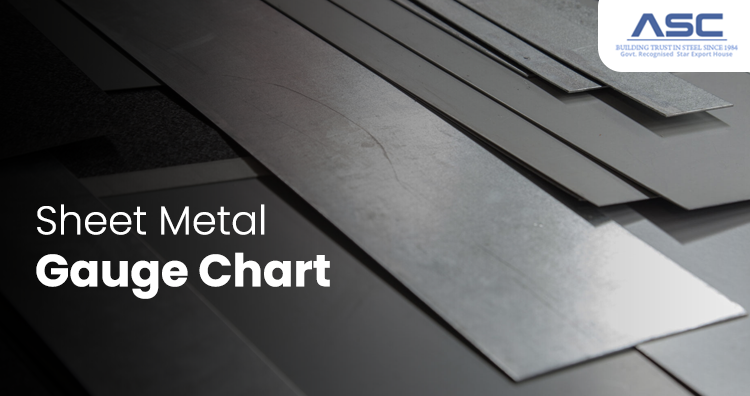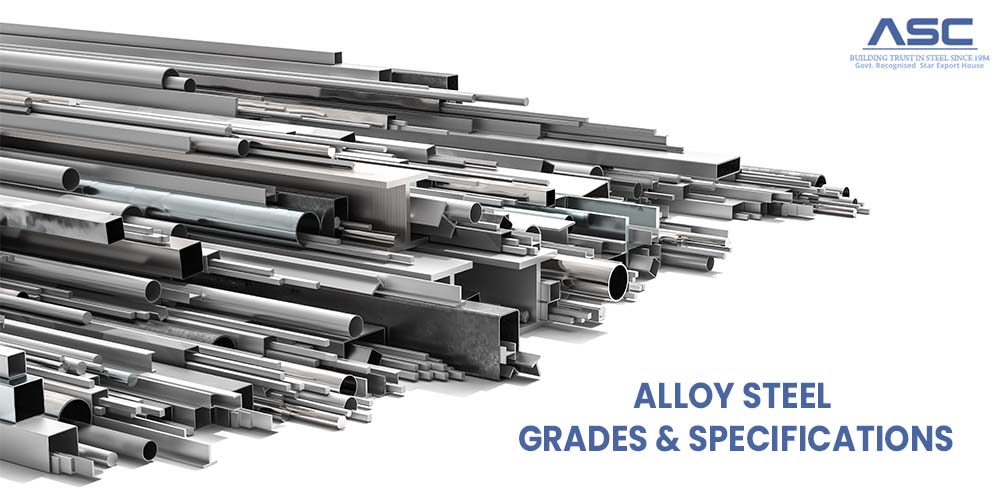C46 Steel - Composition, Properties, and Uses
by AMC
Posted on August 19, 2023 at 11:20 AM

Steel plays a pivotal role in engineering and construction due to its robustness, ductility, and strength. Among the myriad steel types available, C46 steel distinguishes itself with its unique composition and mechanical attributes, rendering it versatile for diverse applications. This blog post will delve into the essence of C46 steel, elucidating its composition, physical and mechanical traits, applications, and heat treatment.
Composition of C46 Steel
C46 steel represents a high-carbon alloy comprising iron, carbon, manganese, and trace elements like phosphorus and sulfur. Its elevated carbon content underpins its exceptional hardness and wear resistance. C46 steel typically contains carbon levels within the range of 0.42% to 0.50%, alongside manganese concentrations ranging from 0.50% to 0.80%. It may also incorporate trace amounts, up to 0.035%, of sulfur and phosphorus.
Physical Properties of C46 Steel
C46 steel manifests as a dense, crystalline material, boasting a density of 7.85 grams per cubic centimeter. It exhibits a melting point of 1420°C and a boiling point of 2740°C. With a coefficient of thermal expansion measuring 11.7 × 10−6K−1, the material showcases a controlled response to temperature fluctuations. Furthermore, C46 steel displays commendable thermal and electrical conductivity.
Mechanical Properties of C46 Steel
C46 steel emerges as a robust, durable, and machinable material, flaunting a tensile strength that can soar up to 550 N/mm². It boasts favorable elongation characteristics, accompanied by yield strengths of 320 N/mm² and 280 N/mm², respectively. The material's hardness falls within the range of 160 – 250 HBW, rendering it well-suited for applications demanding high wear resistance. Additionally, C46 steel exhibits corrosion resistance in select environments.
Applications of C46 Steel
The versatility of C46 steel finds expression across various engineering domains where wear resistance, durability, and strength reign supreme. Its presence is prevalent in the manufacturing of gears, springs, shafts, and other heavy-duty equipment. C46 steel also proves its mettle in crafting cutting knives, chisels, and blades. Furthermore, it plays a pivotal role in the production of automotive components, including engine valves and timing elements.
Heat Treatment of C46 Steel
C46 steel can undergo two distinctive heat treatment processes to enhance its mechanical prowess: annealing and quenching. Annealing entails elevating the material's temperature within the range of 640°C to 670°C, holding it within this zone for 2-4 hours, and gradually cooling it to room temperature. On the other hand, quenching involves subjecting the material to temperatures ranging from 830°C to 860°C, followed by rapid cooling through immersion in water or oil. This quenching regimen elevates the material's hardness and augments its wear resistance, rendering it apt for high-stress applications.
In Conclusion
In summary, C46 steel emerges as a high-carbon alloy with exceptional mechanical and physical attributes, rendering it a preferred choice for a multitude of applications. Its toughness, longevity, and resistance to wear make it the material of choice for heavy machinery, automotive components, and precision cutting tools. A comprehensive understanding of C46 steel's composition, physical and mechanical traits, and heat treatment processes is paramount in its selection and deployment.

Sheet Metal Gauge Chart
When working with sheet metal, the term "gauge" is commonly used to describe the thickness or thickness range of the material.

